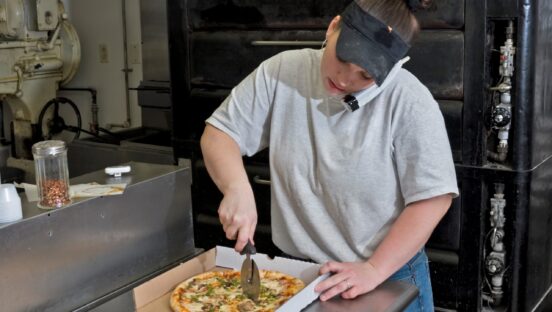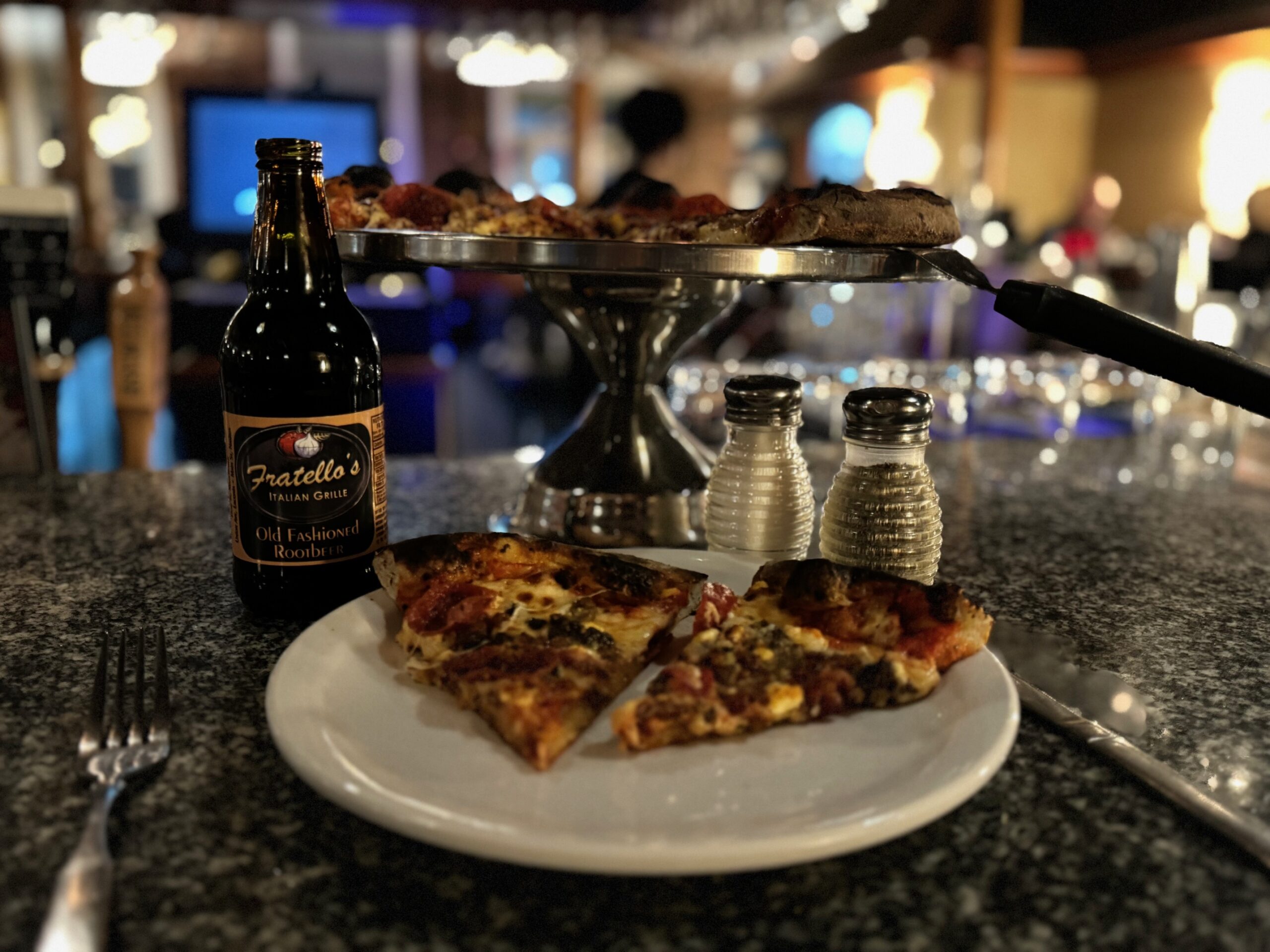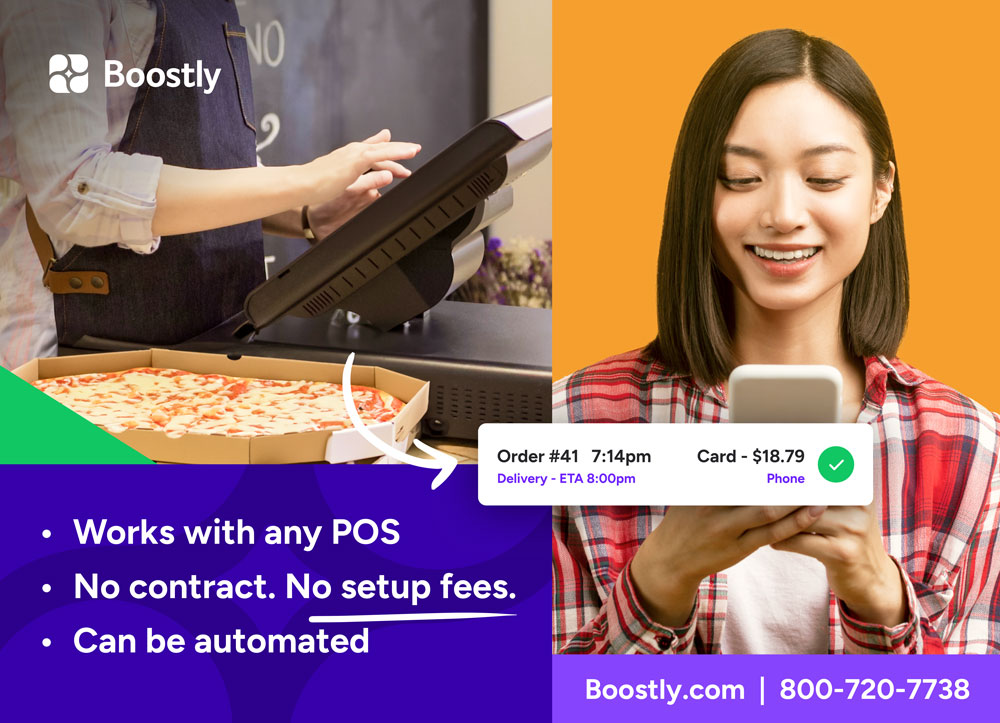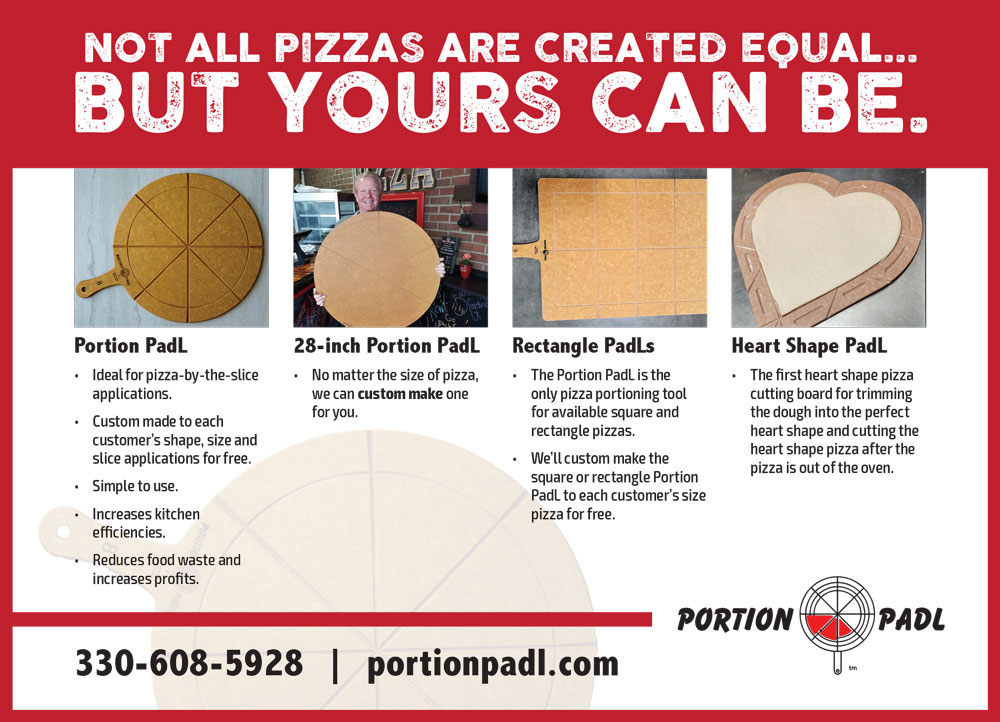While big data may sound like big business, the power of data can and should be used in businesses of all sizes. Small restaurants that are using modern point-of-sales technology, such as Revel Systems, have a wealth of data at their fingertips and, with a bit of analysis, have the ability to make business-boosting decisions.
Analyzing data doesn’t have to be complicated. With a strategy in place, it’s easy to take your data and put it to work. Take a look at a basic framework for using your business data and turning it into insights and decisions.
Define your objectives. Before diving right into your data, which can be overwhelming, start by thinking about your reasoning and need for data. Define your objectives. Objectives can be specific like:
1. Understand what my 3 top-selling items are each week
2. Know which hours are my busiest
3. Know who my top-performing team members are
Collect and organize your data. Once you have an objective in mind, you should collect the corresponding data. If your objective is related to sales, collect data from your sales reports. For staff performance objectives, pull employee reports.
Analyze your data. Once you have your data in front of you, you can analyze the information. With Revel, your reporting suite provides intuitive analysis to simplify this process. View your top 10 products, hourly sales reports, employee profit reports, and more.
Take action. After you collect and analyze your data, it’s time to turn that data into a decision. If your goal was to pare down your menu, use your analysis to identify the lowest performing items. Or after identifying a superstar cashier, reward that individual with a bonus.
Whatever action you decide to take, by following a process, you’re sure to have data backing that decision.
Case Study: Don Ho – Social Summer Kitchen
Take a look at how Revel client, Don Ho, uses sales data to make adjustments to the menu:
Don Ho, a restaurant bringing tropical drinks and fare to Singapore, knows about the importance of utilizing data to make decisions. The management team regularly evaluates menu items to guide future decisions.
To do this, the team looks at the sales performance of individual menu items. “You can actually break it down to items, so you can see, ‘Okay, which items were the best sellers? What sold? What didn’t sell?’ And then we can just, like, analyze it. You see the voids, and you can ask, ‘What’s wrong?’”
With sales data, it becomes possible for restaurants to make menu adjustments, such as removing dishes that are low-performing or doubling down on the top sellers.















